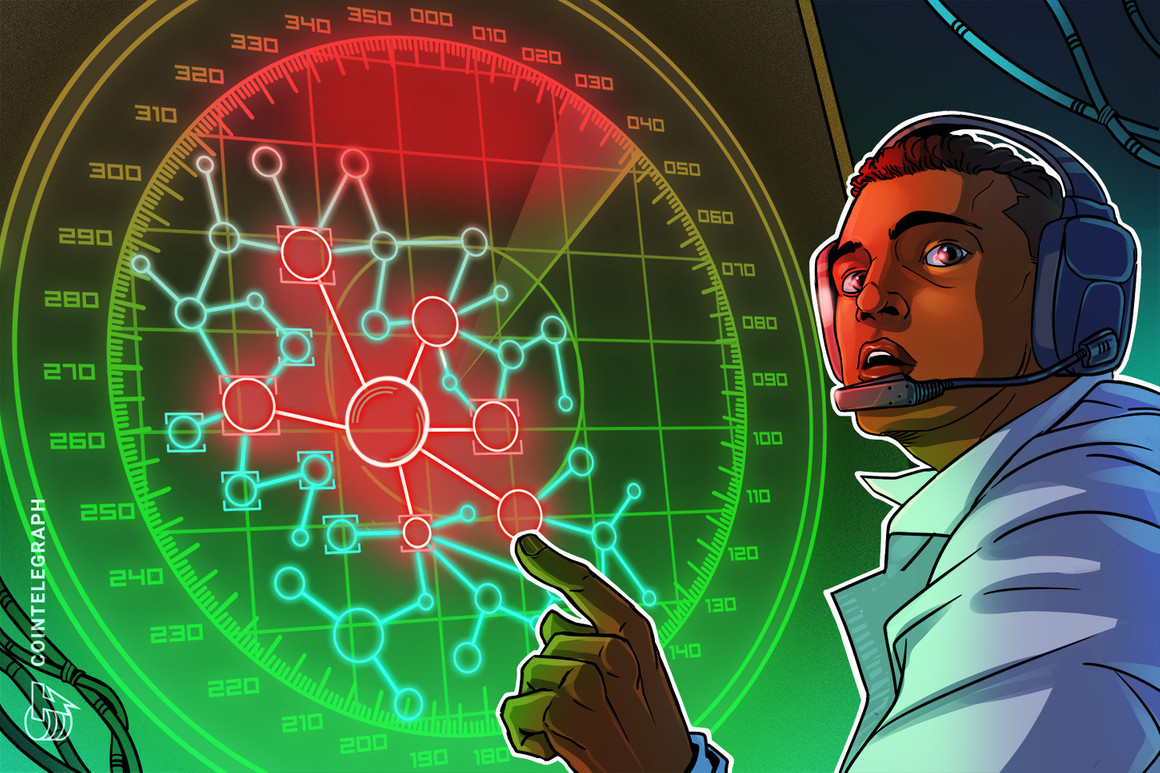In the wee hours of Oct. 18, several parts of Europe, America and Asia were left without any internet due to several undersea internet cables being “c

In the wee hours of Oct. 18, several parts of Europe, America and Asia were left without any internet due to several undersea internet cables being “cut,” causing a chain reaction of connectivity problems across the globe. France, Italy and Spain, in particular, were faced with significant outages, with many experts claiming that vandals were to be blamed for the same.
According to Jay Chaudhary, CEO of Zscaler — an American cloud security company — there is no doubt that nefarious third-party agents were to be blamed for the cut cables that resulted in packet data losses as well as latency for various websites and applications, adding that despite their best efforts authorities have been unable to pin down the individuals responsible for the attacks.
Furthermore, it bears mentioning that over the last couple of days, there has been a slew of cut internet cables in and around the United Kingdom. For example, on Oct. 20, an underwater submarine cable was slashed near the coast of northern Scotland. While several reports have suggested foul play from rival government agencies — with the tense geopolitical situation in Europe amid the Russian-Ukrainian war — there is no hard evidence to substantiate these claims.
That being said, it is worth delving into the question of how events like these can potentially affect cryptocurrencies, especially from a network resiliency and security perspective.
Internet cuts and their effects on digital assets
To understand how internet outages, such as the one highlighted above, can affect cryptocurrencies, Cointelegraph reached out to Nikolay Angelov, head of blockchain for cryptocurrency lending institution Nexo.
He started off by saying that the regions affected by recent cable disruptions (primarily France) account for just over 3% of Bitcoin nodes globally and just under 3% of Ethereum validators, adding that the decentralized nature of these two largest digital asset networks counters the effects of such attacks since the flow of transactions streams to nodes with internet access and connection to the blockchain. He then added:
“Not to undermine the seriousness of the incident, but such localized events cannot have a lasting effect on cryptocurrencies, as blockchain transactions can still be validated by other active nodes. In other words — almost every single Bitcoin node has to lose internet connection for the Bitcoin blockchain to seize. Admittedly, it’s been a massive inconvenience, but a temporary one at that.”
On a somewhat similar note, Nukri Basharuli, founder and CEO of SuperProtocol — a trustless and permissionless cloud infrastructure — told Cointelegraph that while people need to understand that decentralization is not a silver bullet: If you pull the plug, you’ll feel the consequences. Web3, by its very design, is highly resistant to breakdowns emanating from cable cuts. He pointed out that applications hosted on a decentralized network along with their users won’t even notice if some of their nodes go offline.
“Such scenarios happen all the time where nodes constantly switch on and off while the data stored remains intact and fully accessible. The network will automatically reconfigure itself in order to provide the highest quality service possible,” he added.
Some concerns do exist
According to Victor Ionescu, co-founder and chief technical officer at decentralized exchange Hashflow, when analyzing incidents like these, the main thing to worry about is the decentralization of the infrastructure versus the decentralization of the network’s stakeholders.
Recent: Happy Halloween: The five spookiest stories in crypto in 2022
To elaborate, he noted that as adoption scales up, many software companies will continue to utilize reusable infrastructures for running nodes, providing blockchain data feeds and other related tasks. He added:
“These companies consolidating their infrastructures could spur a centralization of their networks. For example, if all Ethereum validators were to run in one AWS region, the region going down could take down the network. This problem is less prominent in Bitcoin, but I expect mining hubs to become targets over time.”
Daniel Nagy, chief scientist and vice president for Swarm Foundation — the organization behind the Swarm decentralized storage and communication system — told Cointelegraph that such events might only be consequential for high transaction-density blockchains such as Solana. “The majority of networks below 100 TPS have enough redundancy not to be affected in any way by the loss of one cable in the internet backbone infrastructure,” he noted.
That said, it is worth highlighting that we currently live in a technologically advanced era, one where vulnerabilities associated with cable internet connections could soon become a thing of the past thanks to the advent of innovations like Starlink, which stand to counter acts of vandalism.
Safety implications of outages on digital…
cointelegraph.com
